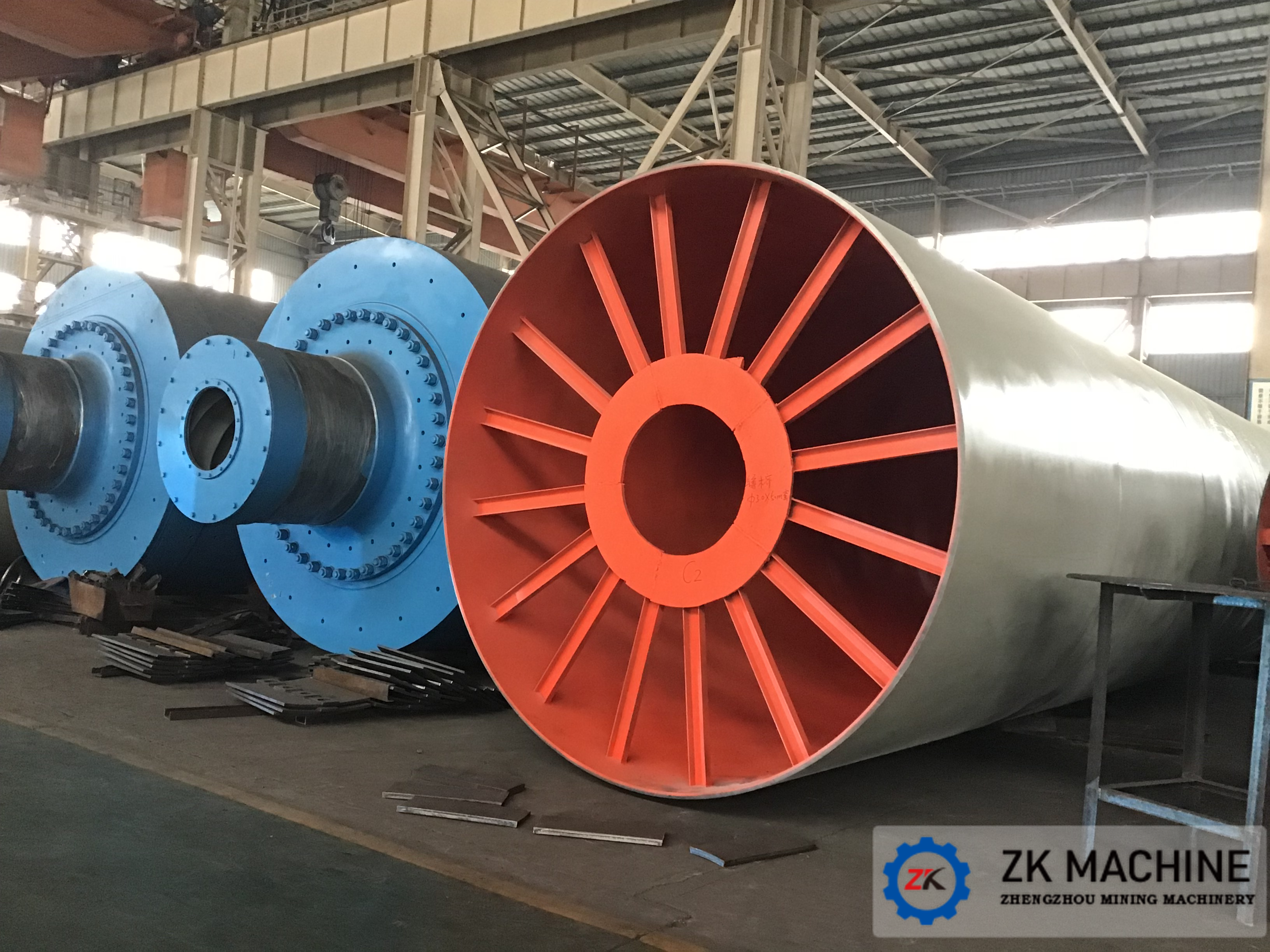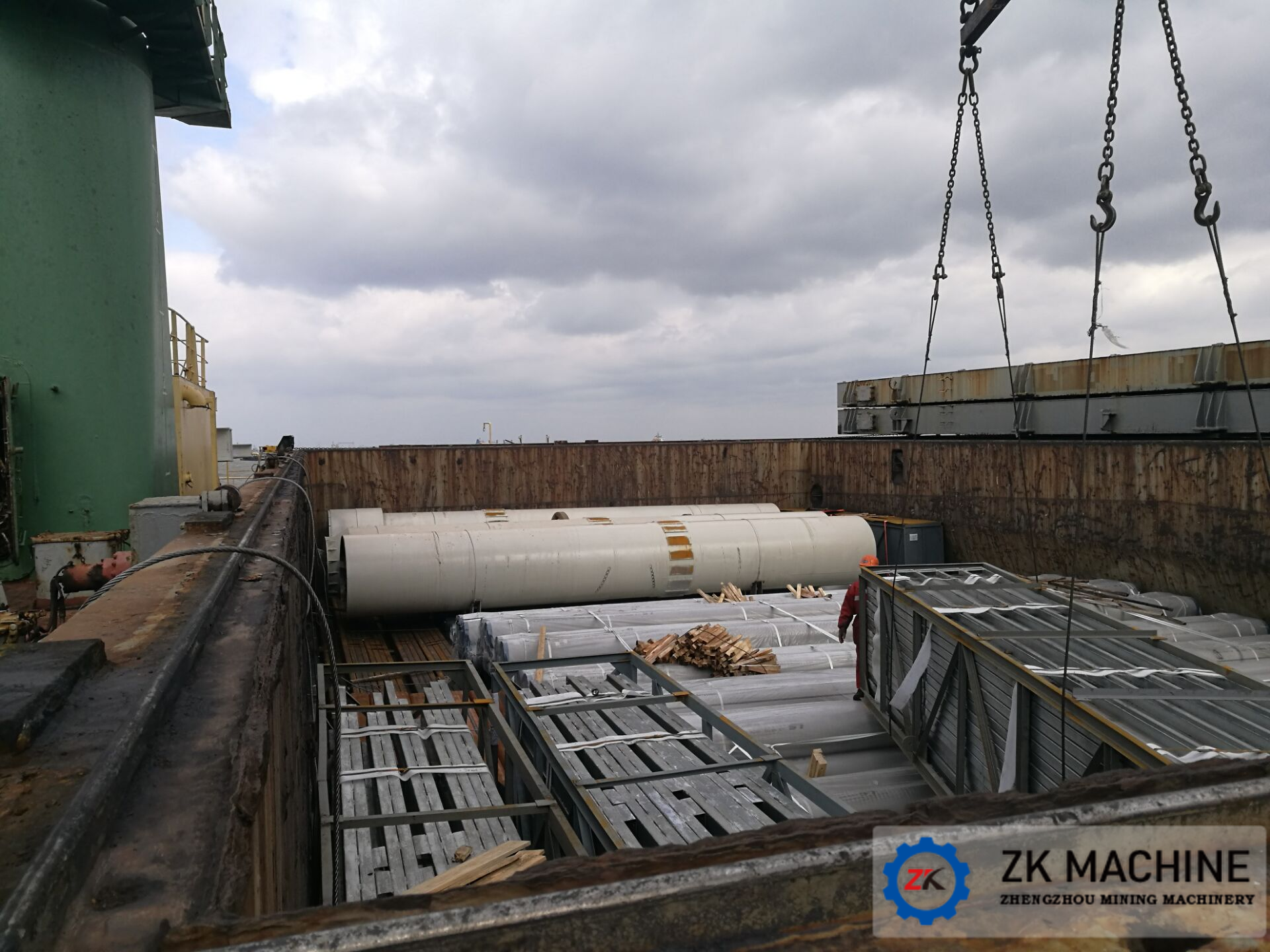1. Shaft kiln Advantage
Simple structure and low investment: The structure of the vertical kiln is relatively simple, so the construction investment is relatively small. This makes it the preferred kiln type for lime production in some mountainous and hilly areas because of its strong adaptability to terrain, low investment, and quick results.
Easy operation and strong adaptability: The vertical kiln is relatively easy to operate and has strong adaptability to raw materials, and can adapt to the firing requirements of a variety of limestone raw materials.
Low energy consumption per unit product: Due to the structural characteristics of the vertical kiln, the fuel consumed per unit product is relatively small, thereby reducing production costs.
Fast heating speed: During the firing process of the vertical kiln, the heat energy generated by the combustion of fuel directly acts on the material, so the heating speed is fast and the firing efficiency is high.
2. Shaft kiln Shortcoming
It occupies a large area and limits the production scale: The vertical kiln has a large kiln body and a large area, which limits its production scale to a certain extent.
Unstable product quality: Since the material distribution in the vertical kiln is not easy to be uniform, and the temperature fluctuates greatly, it is easy to lead to unstable product quality, resulting in under-fired and over-fired products.
Low degree of automation and high labor intensity: vertical kiln production is an intermittent operation with a relatively low degree of automation. It requires manual operations such as feeding materials and ash removal, which is highly labor intensive.
3. Rotary kiln Advantage

Large production capacity: The rotary kiln has a large production capacity and is suitable for large lime production enterprises with an annual output of more than 100,000 tons.
Strong adaptability of calcined raw materials: The rotary kiln can calcine various refractory raw materials, including raw materials that are difficult to sinter and easy to lump, such as bauxite and dolomite materials with high alumina content.
Uniform and stable calcining quality: Due to the rotation characteristics of the rotary kiln, the materials are heated evenly in the kiln, the firing time is short, and the calcining quality is relatively uniform and stable.
High degree of automation: The production line of the rotary kiln has a high degree of automation, which can realize automatic control of raw material transportation, loading, cloth, ash discharge, dust removal and other links, reducing the impact of human factors.
4. Rotary kiln Shortcoming
Large construction investment: The rotary kiln has a long kiln body, a large area, and a lot of equipment and materials, so the construction investment is large.
Large heat loss: Due to the relatively poor sealing performance of the rotary kiln and serious air leakage, the thermal efficiency is reduced and the unit product consumes a large amount of raw materials and fuel.
The dust removal problem is difficult to solve: The rotary kiln has a large loss of fly ash, and the dust removal problem is relatively difficult to solve, and it is easy to cause pollution to the surrounding environment.

In summary, rotary kilns and vertical kilns each have their own advantages and disadvantages. Which kiln type to choose should be comprehensively considered based on specific production needs, raw material characteristics, energy conditions, environmental protection requirements and other factors.





















